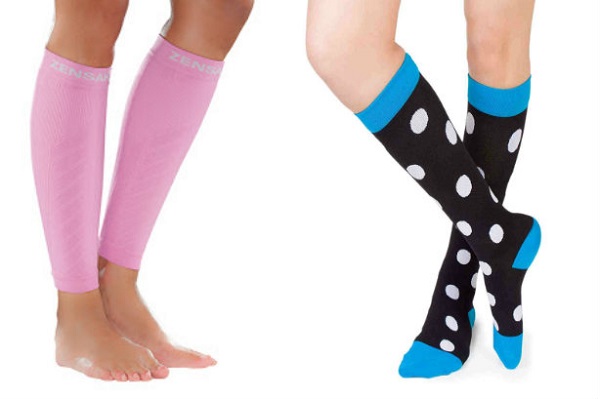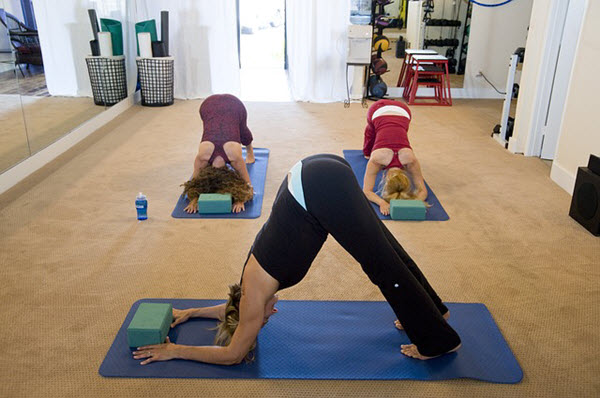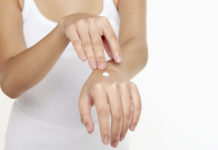Foot pain is the bane of every nurse’s existence. Even if you start your day with an infectious smile, being on your feet the entire 12-hour shift can turn even the jolliest nurse into a grumpy one. If worst comes to worst, a simple foot and ankle pain can lead to disability and render you jobless.
But as the saying goes, prevention is better than cure. In honor of the National Foot Health Awareness Month, we’re giving you a few lesser-known tips to keep your feet out of misery.
Pick the right shoes
It’s easy to get overwhelmed by the wide array of Nursing shoes available in the market. The rule of thumb, however, is to choose the shoes that feel the most comfortable for your feet. Pick shoes that firmly grip your heels but also provide enough wiggle room for your toes. Laced shoes that are designed for walking are usually recommended as they give you full control over how tight the shoe fits.
If possible, do the fitting at the end of the day or your shift when your feet are naturally bigger. This is to make sure you’ll end up with a pair of shoes that can accommodate your feet even if they swell, which is usually the case for nurses.
Other thing to consider is whether the shoe has arch support and is well-cushioned to prevent overpronation. There are shoe inserts or orthotics available to help nurses with specific foot conditions like flat feet, high arches or plantar fasciitis. To ensure you won’t end up getting the wrong product, get a custom shoe insert from a podiatrist.
See Also: The 12 Best White Shoes for Clinicals
Try compression socks
As you get older, your foot pads get thinner, thereby reducing the cushion that naturally protects your feet. Socks make up for its absence and shield your feet from the harsh impact of daily walking, standing and running. You can either use thicker socks or try another variety called compression stocking or hose to cope with foot pain.
Compression socks don’t directly heal your achy feet, but they help prevent swelling by pushing the blood from your feet and legs back to the heart. By doing so, the old blood goes back to the circulation and is replaced by fresh, nutrient-rich blood necessary for muscle healing.
Alternate your shoes
Nurses are like runners. The more you use the same shoes day in and day out, the faster they will wear out. Wearing the same shoes also allows them to come into contact with the same pressure points of the feet, leading to repetitive strain injury.
In contrast, by rotating the shoes you use every few days, you give some parts of your feet a chance to “breathe.” Ideally, nurses should have at least two pairs of shoes which they can alternate to keep the feet healthy and free from smells.
Fight foot cramps with healthy snacks
A healthy diet incites a domino effect that can ultimately benefit the feet. For instance, by keeping an eye on the foods you eat, you’re able to achieve a healthy physique and prevent your feet from carrying more weight than it can handle.
Among the dietary suggestions for nurses, drinking 8 glasses of water and snacking on potassium-rich foods like banana are some of the most crucial. They give your body a supply of fluids and electrolytes necessary for metabolism. Without them, a nurse will experience dehydration which then manifests itself as foot cramps and other body discomforts.
Use anti-fatigue mats
Concrete floors are not the most ideal walking surfaces for nurses. They’re hard and uneven, giving your feet an instant dose of discomfort. Nurses who usually stand in the same area for hours on end are often the most vulnerable. These include those assigned in the operating room or intensive care units.
To alleviate stress, some suggests placing a specialized “anti-fatigue” mats over concrete surfaces. These mats are durable, soft and have anti-slip components like sloped edges to ensure safety and comfort of the user. You can also use other alternatives, like a piece of carpeting or even a simple cardboard, as long as they can provide sufficient padding for the feet
Stretch your feet before and after your shift
There’s a reason why athletes perform warm-up exercises before training: They prime the body, activate the nervous system and basically prevent strain injuries. The same holds true for your feet, what with all the physical stresses they have to endure every day just to help you fulfill work demands. Hence, it will significantly enhance your performance if you think and act like an athlete.
Before you start your shift, do some stretching exercises that target your legs, back, neck and shoulders. As for the feet, stretch them from side to side and then forward and backward in a twisting motion. Do this at least 8 times for each foot. Afterward, try to walk on your toes and heel for a few seconds each.
Perform the same stretching exercises after work or add a few yoga poses like legs-up-the-wall and downward facing dog. By doing so, you can help your foot muscles recover quickly from the minute injuries they got from your shift.
Self-massage, like a pro
Although getting a foot massage from a spa is great, you can reap the same benefits by doing simple self-massage at home. A tennis or golf ball, for example, can be used to stretch the tired and sore muscles on your feet. Simply roll it under each of your foot and let the ball stimulate its entirety—from the sole down to the arch and heel.
If you’re into quick fixes, you can also try electric or manual foot massagers that are designed to mimic the therapist’s hands, giving a professional-style massage anytime you want. Some of the most advanced foot massagers also offer heat and a variety of auto-massage programs to create a more personalized experience for the user.
![]()
About the Author: Lui B. is a registered nurse and massage therapist who blogs about massage and anything relaxing at MassageBoss.com. To get more foot care hacks for nurses, check the full article here.
See Also: 5 Cheap Pampering Tips For Happy Nurse Feet























